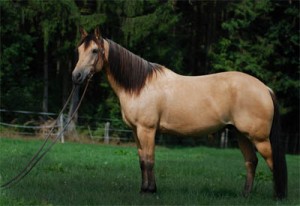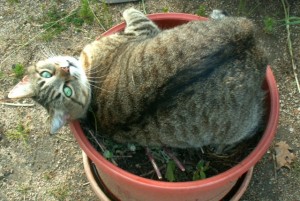Why our animal’s health is solely our responsibility?
Animals Depend on Us
Every pet and/or service animal under a human’s care and management has originally, either recently or in the distant past, lived in a wild environment. Moving through their natural surroundings, they had a greater ability to forage and find the whole foods and clean water each of them needed to maintain their health and wellbeing. Herbivores found the grasses, brush, herbs and mineral deposits their bodies required and carnivores feasted on the well nourished animals that were their prey.
Most animals in captivity do not have this opportunity and rely on their human keepers to satisfy all their nutritional and basic care needs. Animals are at the mercy of their caregivers and some that are less fortunate endure neglect because of lack of awareness, lack of knowing how or lack of caring. As a result they suffer physical and emotional harm.
Animals Can Have Stressful Lives Too
Animal owners, trainers, vets, farriers, grooms and others can sometimes and often unknowingly inflict stress and trauma on innocent animals as they attempt to mold them into certain behaviors and responses. Imagine adding this to other potential stresses of confinement, possible noise and air pollution, other environmental issues, poor nutrition and in some cases unsuitable habitations.
All of these varying influences can create huge conflict for an animal because their natural inclination would be to fight back or run away and ultimately they can do neither. Instead the animal will take on and embody the stress and trauma which then manifests as physical symptoms, disease and/or behavior issues. In some instances, animals are also affected by what is going on with their caregivers. If their human friend is stressed and challenged by something in their own life, that trauma will often be mirrored by their pet. They will manifest their own symptoms and behaviors.
BioEnergetic Synchronization Technique for Animals
B.E.S.T. can Help All Animals
Animal B.E.S.T.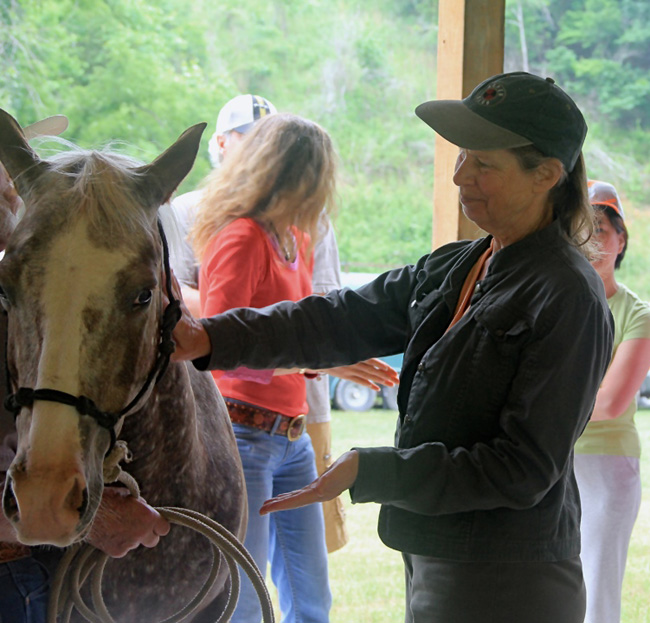 addresses health and behavioral issues at their point of origin. When the root causes of illness and other issues are resolved, an animal will improve on it’s own and become more balanced and healthy. As a B.E.S.T. practitioner, I do not replace your veterinarian but intend to work in tandem with them. We are both trained and skilled in different modalities of animal care that actually compliment each other. There are areas and situations where B.E.S.T. treatments will be more helpful and others that are better addressed by Veterinary Medicine.
addresses health and behavioral issues at their point of origin. When the root causes of illness and other issues are resolved, an animal will improve on it’s own and become more balanced and healthy. As a B.E.S.T. practitioner, I do not replace your veterinarian but intend to work in tandem with them. We are both trained and skilled in different modalities of animal care that actually compliment each other. There are areas and situations where B.E.S.T. treatments will be more helpful and others that are better addressed by Veterinary Medicine.
I will be happy to explore with you the role B.E.S.T. might play in your animal care program. If you wish to schedule an appointment, please reach me through the Contact Page.
Sessions for Animals
Morter B.E.S.T. Sessions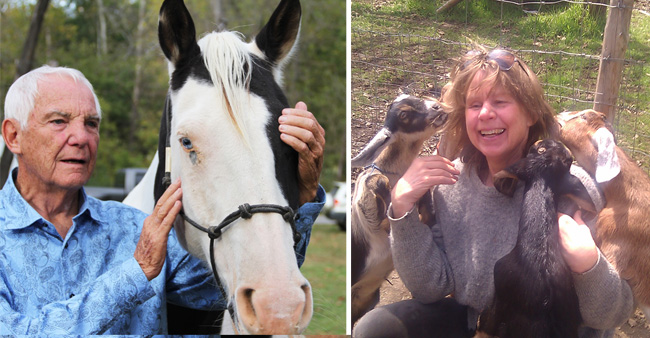 provides whole system balancing treatments for both small and large animals and consultations for ongoing support and care. Most animals receiving treatment know right away that they are being helped and will relax. Some others may require time to learn to trust the process. In all situations a B.E.S.T. treatment is very gentle, kind and will do no harm.
provides whole system balancing treatments for both small and large animals and consultations for ongoing support and care. Most animals receiving treatment know right away that they are being helped and will relax. Some others may require time to learn to trust the process. In all situations a B.E.S.T. treatment is very gentle, kind and will do no harm.
An Animal’s Subtle Call for Help
1. dull and lacking luster coat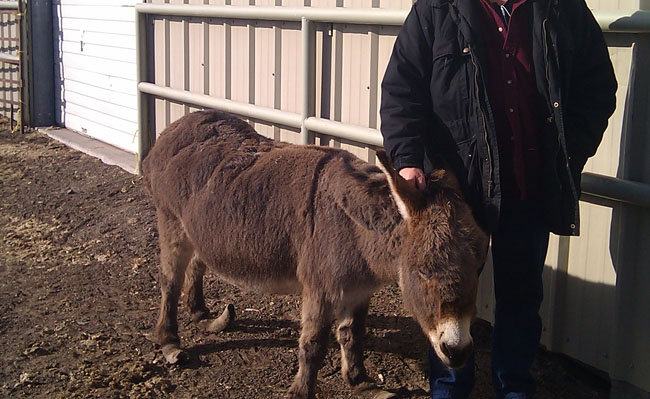
2. inflamed, itchy or scaling skin
3. sores or lesions
4. dull and/or runny eyes
5. feet exhibiting discomfort
6. abnormal looking feet
7. having trouble moving
8. exhibiting signs of pain
9. unusual odors
10. fast and/or labored breathing
11. sounds from the gut
12. behavior changes
Success, the Treatment is working
1. head lowering, relaxation
2. licking and chewing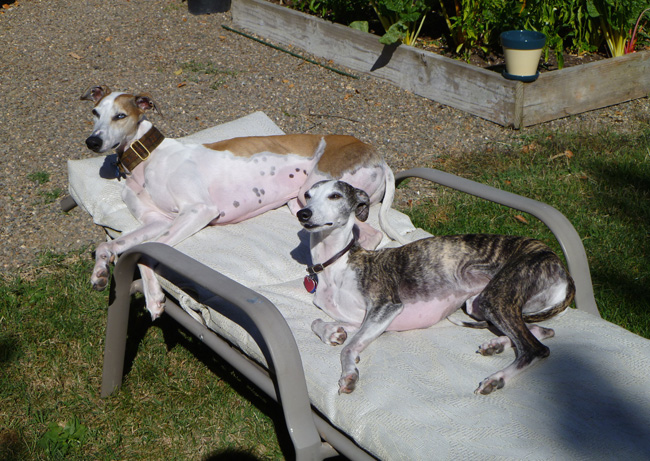
3. coat lying down better
4. better coat sheen, coat dappling
5. sleepy and relaxed eyes
6. passing gas
7. relaxed breathing and signing
8. yawns and stretches
9. increased gut sounds
10. tail wagging or thumping
11. purring, moaning
12. laying down
Nutrition and Diet Hints for Horses
1. Not all mineral supplements are bioavailable or easily absorbed by the horse’s body. Look for organic minerals or chelated minerals as opposed to inorganic minerals which are basically ground up rocks.
2. Molasses is commonly added to feed but this quantity of sugar is no more beneficial to the horse than it is to us. Often it is added to mask dust and other powdery by-products that are added to or present in the grain. Because the grain is then moist from the molasses and tends to mold, so preservatives like propylene glycol are added. These additives are toxic. Read labels and don’t get your horse hooked on sugary cereals. They can grow to like it and then not want to eat anything else.
3. The hay of choice for a horse is grass hay not alfalfa. It’s high protein content can cause all sorts of unfavorable conditions including: hypothyroidism, tying up, kidney problems, bone disease, colic, arthritis and degenerative bone disease, soft feet and frogs. A mare’s milk supplies 12% protein for a rapidly growing baby. it stands to reason that there would never be a need for more than that amount of protein during the lifetime of the horse. Many bagged feeds contain high amounts of protein too.
4. Most pelleted feeds are heated over 212 degrees in production. Enzymes and vitamins can’t survive that heat.
5. Look out for the following ingredients:
• beet pulp – what feed stores sell is a waste product from the highly pesticide sprayed beet industry crop.
• bran – a gut irritant (occasionally helpful but not on a regular basis)
• wheat middlings – usually they are floor sweepings
• soybean and linseed meal – can be waste products of soybeans processed for human consumption not whole beans and seeds
• additives – ethoxiquin, BHA, BHT, urea, animal fat, propylene glycol
• water tubs made out of spongy, black rubber contaminate water with ethoxiquin
Nutrition and Diet Hints for Dogs and Cats
Dogs and cats require more protein because they are carnivores. In the wild their diets are composed of mostly meat because their bodies are designed to kill, eat and efficiently digest other animals. Putting a dog or especially a cat on a vegetarian or vegan diet is one of the worst possible health choices a caregiver could make for them. It goes against their innate biological blueprint.
For dogs:
1. Raw meat should ideally make up ⅓ to ½ of their diet. The remaining ⅔ to ½ can be a combination of vegetables, fruits and grains (cooked rice is good) and occasionally chopped nuts. The fresh raw foods supply the enzymes and vitamins that are destroyed by cooking or processing.
2. A good source of fats, such as safflower, sesame, olive or coconut oil should be given daily along with additional vitamin C and E.
3. Eggs, yogurt and raw milk and cottage cheese may also be fed several times a week.
For cats:
1. The instructions are the same except to make the mix heavy on the raw meat side, 60 to 75%. their bodies need high protein.
2. There are some high quality, natural, dry and canned foods available for cats (and dogs) but you must read the labels. Make sure the ingredients are foods not added chemicals like BHA and BHT, ethoxyquin or sodium nitrate. Look for meats high on the ingredients list along with vegetables and fruits and healthy oils.
3. These healthy dry and canned foods can be offered in addition to the raw mix. Note: a diet of only dry food for cats can cause urinary issues because of the high ash content.
Remember to supply lots of fresh, clean water in a glass bowl not plastic for all animals.
